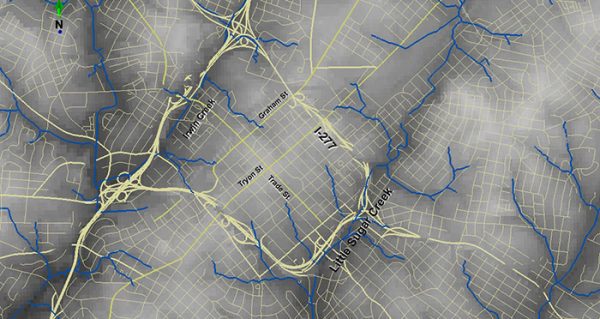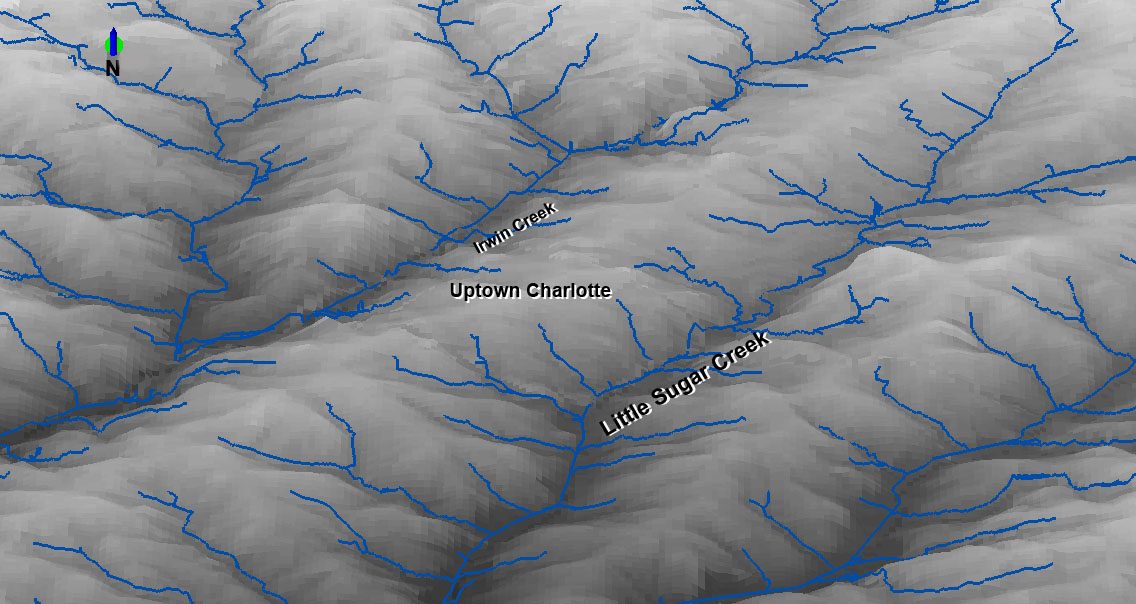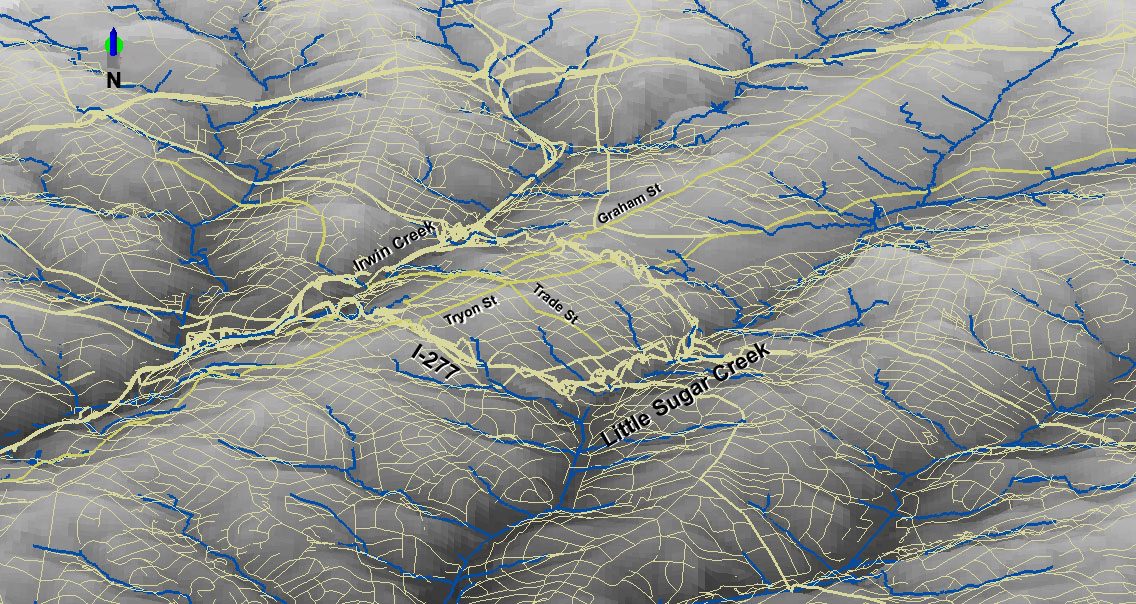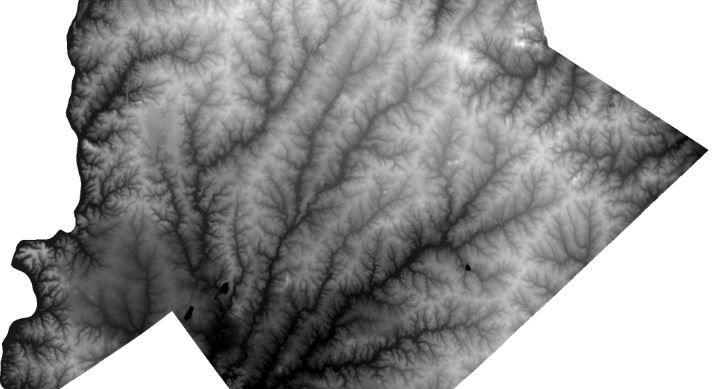Ever wondered … why don’t Charlotte streets run north-south?

I’ve long had a question about the nature of uptown Charlotte. Why do Charlotte’s uptown blocks look more like “diamonds” than “squares”?
Streets in other cities (such as Raleigh, Chicago and New York, for instance) go north-south and east-west in a classic grid pattern. Charlotte’s uptown streets are also in a grid, but they lie diagonally, instead of running true north or south. It can be confusing for people on “North Tryon Street” who may think they are walking or driving north but are really heading northeast.
Cities spring up where humans have congregated, for social and economic reasons. However, most cities didn’t emerge on a featureless plain, but grew up on a particular topography. Some were set on hills for protection. Others arose along navigable rivers or near coasts, where trading by ships provided livelihoods. In each case, the geography of the land dictated, in part, how these cities grew.
Charlotte is a comparatively new city and not on a navigable river. Instead, it grew among the foothills of the Carolina Piedmont. The earliest settlement for uptown Charlotte was on a small ridge between two local creeks, today known as Irwin Creek and Little Sugar Creek. Tryon and Trade streets follow older, Native American trading paths.
When we look at the topography of Mecklenburg County we see that many of the county’s major streams flow toward the southwest. See image below.

Charlotte was originally built on high ground, between two streams on a ridge that lay in a northeast to southwest direction.
This is why Charlotte’s uptown blocks look more like diamonds on a map than the typical squares.
Also worth noting is how Interstates 77 and 277, which surround uptown Charlotte, follow Irwin Creek and Little Sugar Creek. That illustrates how, many times, interstate highways follow floodplains and other land that’s less desirable to develop.

